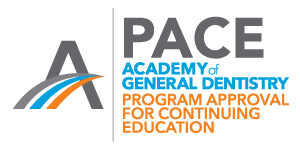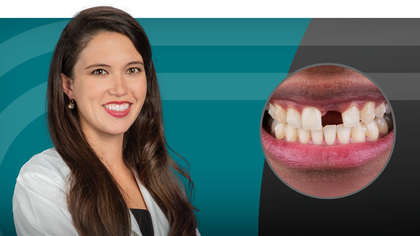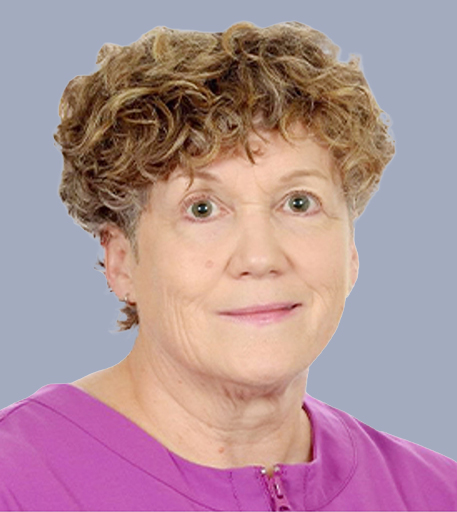- Explore computer-controlled local anesthetic delivery (CCLAD) principles.
- Identify current CCLAD technology available in North America.
- Contrast manual syringes with CCLAD devices.
- Explore direct and indirect CCLAD benefits for patients and clinicians.
Success with Local Anesthesia: Computer Controlled Delivery Options [CCLAD]
Course Objectives
1 CE Credit
In this course, Kathy Bassett will review principles of computer-controlled local anesthetic delivery (CCLAD) options. Participants will learn to distinguish between manual syringes and CCLAD devices, highlighting the advantages and limitations of each. Additionally, the course will explore both direct and indirect benefits of CCLAD for patients and clinicians, emphasizing improved precision, reduced discomfort, and enhanced overall clinical outcomes.
Learning Objectives
Recognition & Approval

Glidewell Education Center
Nationally Approved PACE Provider for FAGD/MAGD credit
Approval does not imply acceptance by any regulatory authority, or AGD endorsement. 3/1/2024 to 2/29/2028.
Provider ID# 216789
-
 Online CE CourseTreatment Planning for Single-Unit Implant PlacementTreatment planning for single-unit implant placement requires a comprehensive understanding of biological, esthetic, and functional principles. In this course, Dr. Taylor Manalili will introduce a top-down treatment planning approach, integrating digital technology to optimize outcomes.
Online CE CourseTreatment Planning for Single-Unit Implant PlacementTreatment planning for single-unit implant placement requires a comprehensive understanding of biological, esthetic, and functional principles. In this course, Dr. Taylor Manalili will introduce a top-down treatment planning approach, integrating digital technology to optimize outcomes. -
 Online CE CourseSuccess with Local Anesthesia: Key Drug Properties, Dose Updates and Buffering Local AnestheticsIn this course, Kathy Bassett will thoroughly explore the key pharmacological properties influencing profound anesthesia. Participants will review the latest guidelines for local anesthetic dosing and labeling to ensure safe usage.
Online CE CourseSuccess with Local Anesthesia: Key Drug Properties, Dose Updates and Buffering Local AnestheticsIn this course, Kathy Bassett will thoroughly explore the key pharmacological properties influencing profound anesthesia. Participants will review the latest guidelines for local anesthetic dosing and labeling to ensure safe usage. -
 Online CE CourseBenefits of Clear Aligner TherapyThis course offers an in-depth look into clear aligner orthodontic therapy, emphasizing both theoretical understanding and practical application. Participants will gain insights into the benefits of expansive versus retractive orthodontics, explore various arch forms and their relationship with malocclusion, and learn a systematic diagnostic protocol for identifying malocclusions.
Online CE CourseBenefits of Clear Aligner TherapyThis course offers an in-depth look into clear aligner orthodontic therapy, emphasizing both theoretical understanding and practical application. Participants will gain insights into the benefits of expansive versus retractive orthodontics, explore various arch forms and their relationship with malocclusion, and learn a systematic diagnostic protocol for identifying malocclusions.


![Success with Local Anesthesia: Computer Controlled Delivery Options [CCLAD]](/content/glidewell/en/education/courses/online-courses/success-with-local-anesthesia-computer-controlled-delivery-options/_jcr_content/root/container_main/container_body/container/container_hero/image.coreimg.png/1740099734540/success-with-local-anesthesia-computer-controlled-delivery-options-cclad-1280x720.png)

